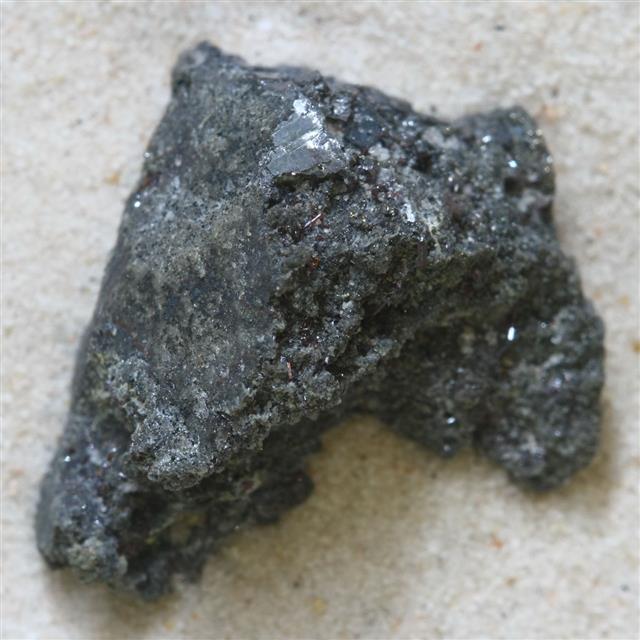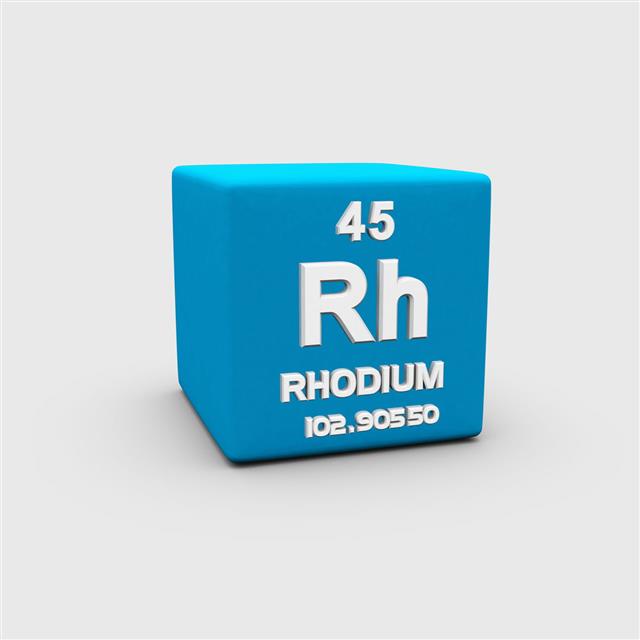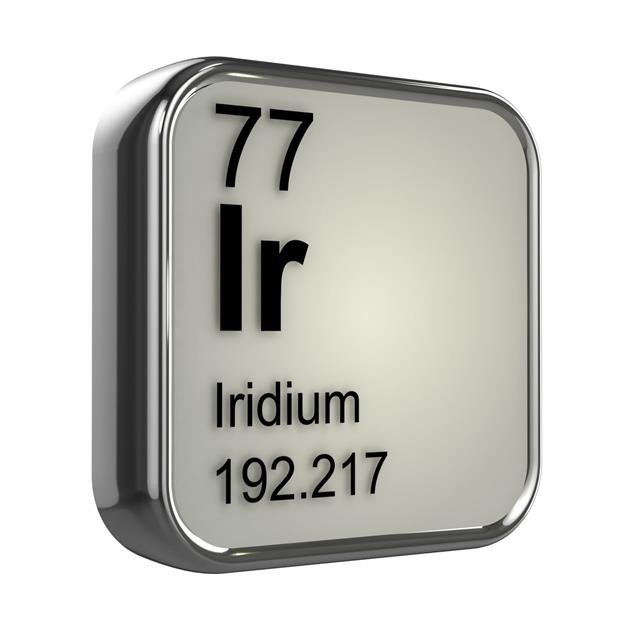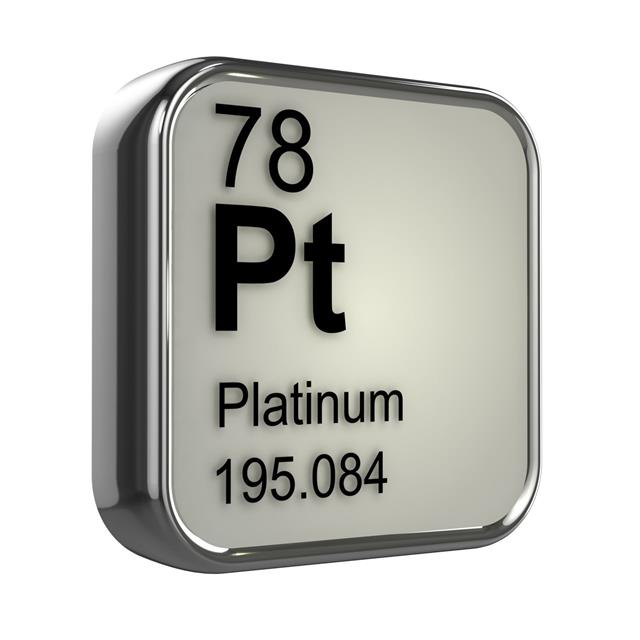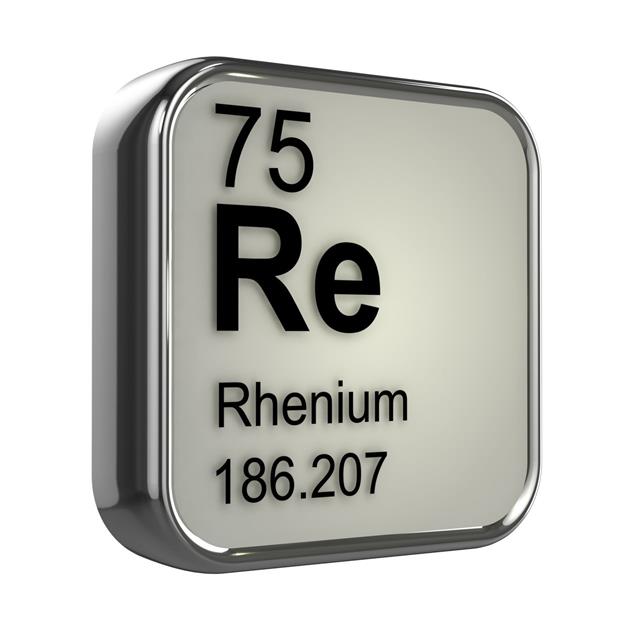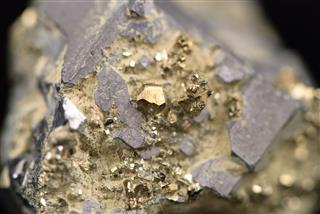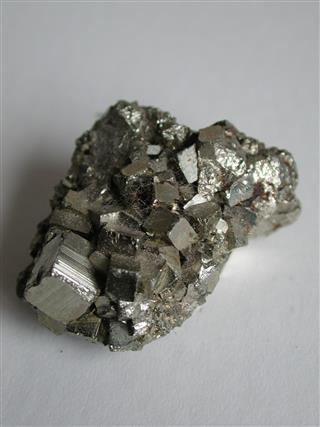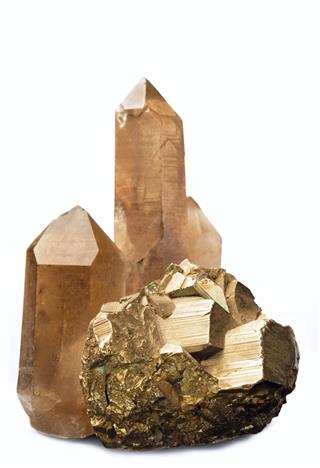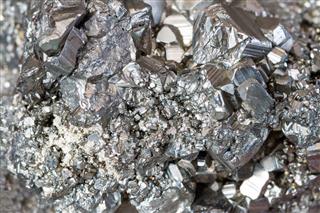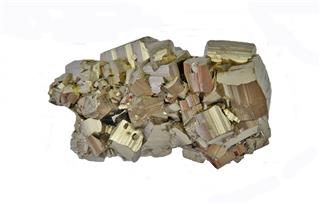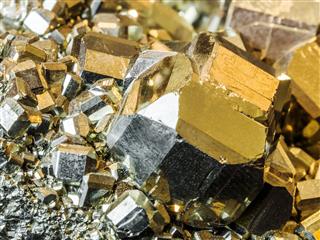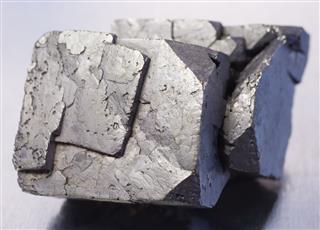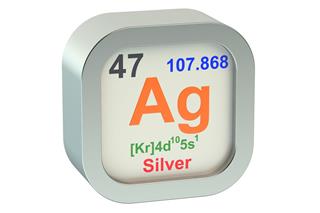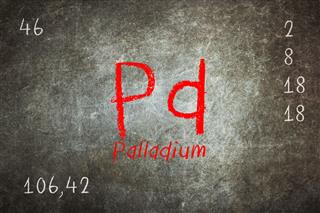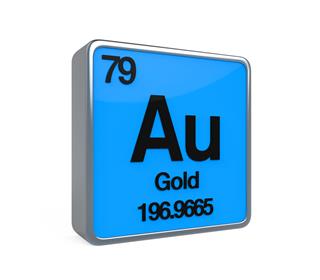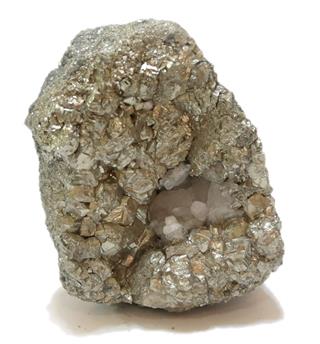
A precious metal is a metal that is relatively rare and hence, has a very high value. So, which are the different precious metals? In the list of precious metals, given here, we shall learn about the properties of these metals and also a little about the uses of each.
When we think of precious metals, what comes to our mind are gold and silver. But the fact is that these are not the only two metals that are considered precious, but there are a few more metals as well. Interestingly, all precious metals have a few properties in common. If we go through the pages of history, we shall see that some of these metals were used as currencies, and are considered as vehicles of investment even today.
From the investment point of view, the four precious metals are gold, silver, platinum, and palladium. However, the members of the platinum family are also considered as precious metals. But what makes these metals different from others? Why are the precious metals called so? Well, it is only because they have certain unique properties, and this contributes to their increased demand in the global market. Investing in precious metals is considered to be a wise investment decision because their value never drops.
List of Most Precious Metals
In the list of precious metals given below, there’s information on the physical properties of each metal, its occurrence, and uses. For each metal, you’ll find its respective chemical symbol, atomic number, atomic mass, and electronic configuration (arrangement of electrons on the shells).
* The number above each symbol is the atomic number and the number below the symbol, is the atomic mass. The electronic configuration is given on the right-hand side of each symbol, starting from the innermost shell and moving to the outer shells.

Gold
Gold is a transition metal that belongs to group 11 of the periodic table. It is a rare metal and can only be found in certain parts of the world. South Africa is the biggest producer of gold in the world. In the U.S., it is mainly mined in the state of California. Gold can occur in nature in many forms, including sheets and grains.
Properties: Gold, in its purest form, is 24 carats but pure gold is not used for making jewelry as it is a very soft metal. Base metals such as copper are alloyed with gold to give it strength. For ages, gold has been used as a vehicle for monetary exchange, and to this day, the wealth of a country is indicated by the amount of gold in its reserves.
Uses: It is the most commonly used metal in jewelry making, not only because of its beautiful shine and color but also because it is a soft metal on which designs are easy to make. Gold is malleable, ductile, and a very good conductor of heat and electricity. It is a “noble metal” that reacts with a very few substances and does not dissolve in acids. The only compound that can dissolve gold is aqua regia – a mixture of hydrochloric acid and nitric acid in the ratio of 3:1. There are many uses of gold, in addition to its use in jewelry and as a monetary standard.

Silver
Silver is mainly mined in South America, Norway, and Australia. In the U.S., it is mined mainly from the state of Colorado. It is found in nature in its native form (pure silver), as alloys, and in the form of mineral ores. It can be easily polished to give it a shiny texture.
Properties: Silver is a transition metal that is white in color, soft, and lustrous. It is the element with the highest electrical conductivity and has the highest thermal conductivity among metals. Silver is malleable and ductile, and inert to atmospheric oxygen. However, it reacts with ozone and hydrogen peroxide, and dissolves in nitric acid.
Uses: Silver is mostly used in making jewelry, utensils, and currency coins. The use of silver coins as currency can be traced back to thousands of years and silver was regarded as the monetary standard in the European countries and the Americas, till the 19th century. Due to its high electrical conductivity, it is used in electrical conductors. Halides and nitrates of silver are photosensitive and are used in developing photographs from films. It is used as a catalyst in oxidation reactions. The most common use of silver in medicine, is in dentistry, where amalgams of silver are used as dental fillings. Silver foils are used for decorating food items and desserts such as cookies.

Platinum
Platinum is a very rare metal and this is one of the reasons it is considered so precious. The name of the metal originated from the Spanish platina del Pinto,? which translates to “silver of the Pinto river”. A major part of the platinum produced per year, is mined in South Africa. In the U.S., this rare metal is mostly mined in Columbia. Platinum is a metal that is mostly found on the banks of rivers.
Properties: Platinum is a noble metal that belongs to group 10 of the periodic table, and is one of the platinum group metals. It is gray-white in color, malleable, ductile, and is termed as a heavy metal because of its high density. It is non-reactive and highly resistant to corrosion. Platinum has 6 naturally occurring isotopes that differ in their physical properties but have the same chemical properties. It is insoluble in all acids, but dissolves in aqua regia.
Uses: Platinum is used in making jewelry, electrodes, thermometers, and as a catalyst in chemical reactions. The standards for the S.I. units that have been kept at the NIST museum in Gaithersburg, U.S.A., are made from an alloy of platinum and iridium. Compounds of platinum are used in the manufacturing of artificial fibers. Platinum is a good conductor of heat and electricity and is used in the making of equipment used in chemistry laboratories.

Palladium
Palladium was first discovered by William Hyde Wollaston who named it after the asteroid named Pallas. Russia is the biggest source of palladium in the world, followed by South Africa. It is also found in Montana in the U.S. and Canada.
Properties: Palladium is the rarest of the platinum group elements and belongs to the group 10 of the periodic table. It is silvery-white in color and is the least dense among all the platinum group elements. Palladium is soft, ductile, and does not react easily with the oxygen present in the atmosphere. However, pure metallic palladium is pyrophoric and can catch fire easily. There are 7 naturally occurring isotopes of palladium. Even though palladium has a lower melting point as compared to platinum, it is harder and dissolves readily in strong acids.
Uses: The most important use of palladium is in the purification and storage of hydrogen, as this metal has the ability to absorb 900 times its own volume of hydrogen at room temperature. Palladium is also used in making electrodes of multilayer ceramic capacitors, surgical equipment, and jewelry. The other uses of palladium include its use as catalysts in chemical reactions, and electroplating. In general, palladium that is 95% pure is used. Just like the other precious metals, palladium is also one of the metals people choose to invest in.

Iridium
Iridium was discovered by Smithson Tennant who named the metal after the goddess Iris. It is found in nature in the form of alloys with other metals.
Properties: Iridium is a transition metal that belongs to group 10 of the periodic table, and is one of the platinum group of metals. It is hard, brittle and is silvery-white in color. Iridium has a very high melting point, and is the metal with the highest resistance to corrosion. Iridium has 2 naturally occurring isotopes. Fine particles of iridium are pyrophoric and tend to catch fire easily.
Uses: The most important use of iridium is in the making of electrodes used in the production of chlorine by the chloralkali process. It is also used in the manufacturing process for plastic polymers. The radioisotopes of iridium are used in thermoelectric generators. Because of its high corrosion resistance at high temperatures, iridium is used in spark plugs and in crucibles used to carry out high-temperature reactions. Iridium is also used as catalyst in certain chemical reactions and alloyed with soft metals to harden them. Platinum-iridium alloys are used in making parts of aircraft engines. As it is one of the hardest metals, it is added to jewelry to make it more durable.

Osmium
Osmium is bluish-gray in color and is found in nature as alloys with iridium and other metals. Osmium is produced as a by-product of copper and nickel mining.
Properties: Osmium is a transition metal that belongs to group 8 of the periodic table, and is one of the platinum group metals. It has 7 naturally occurring isotopes and the highest density among naturally occurring metals. It reacts with oxygen at room temperature to form osmium tetroxide, which is toxic in nature. Similar to other metals of the platinum family, finely divided osmium catches fire and hence is pyrophoric. The melting point of osmium is the highest among all the platinum group metals.
Uses: There are many uses of osmium and its alloys. Osmium acts as a catalyst for oxidation reactions. Alloys of platinum and osmium are very hard, and hence used in making tips of fountain pens, electrical contacts, and in surgical implants including pacemakers. Atoms of osmium are used in transmission electron microscopy (TEM) for staining tissue samples, and in forensic laboratories for staining fingerprint samples.

Rhodium
Discovered by William Hyde Wollaston, rhodium is one of the rarest metals and occurs in nature in its native form or in the form of alloys. South Africa is the biggest source of Rhodium in the world, followed by the Ural Mountains in Russia. In North America, the metal is mined in the Ontario district. It is the most expensive of all the precious metals.
Properties: Rhodium is a silvery-white transition metal that forms a part of the platinum group of metals. It belongs to the group 9 of the periodic table and has only one naturally occurring isotope. It is a noble metal that is highly resistant to corrosion.
Uses: Due to its resistance to corrosion, rhodium is electroplated on sterling silver, to prevent it from tarnishing. It is used as neutron detectors in nuclear reactors and as catalysts in the production of nitric acid. One of the major uses of this bluish-gray metal is in 3-way catalytic converters in automobiles to check emissions from vehicles. Rhodium is also used in manufacturing glass and glass fibers.

Ruthenium
Discovered by Karl Ernst Claus, ruthenium is mostly found as alloys of platinum in platinum ores. The Ural Mountains in Russia, is the biggest source of this metal, which is also mined in parts of North America and South America. Ruthenium is also formed as a result of the fission reaction of U-235.
Properties: Ruthenium is a member of the platinum group of metals, and belongs to the group 8 of the periodic table. It is a transition metal that is inert to most chemical substances. However, it reacts with halogens at high temperatures and also gets dissolved in fused alkalies. Ruthenium has 7 stable isotopes. Certain oxides of ruthenium are ferromagnetic.
Uses: Hard and highly resistant, ruthenium is added to platinum and other metals to increase their hardness. It is used in electrical contacts to protect them from corrosion. In addition to this, ruthenium is used in resistors, and in making superconductive alloys with molybdenum. It also acts as a catalyst in chemical reactions.

Rhenium
Rhenium was the last stable element discovered by man. Chile in South America, is the biggest source of this metal, which is obtained from molybdenum ore. Certain compounds of rhenium might be toxic to man.
Properties: Rhenium is a rare silvery-white metal that belongs to the group 7 of the periodic table. It is the element with the highest boiling point and also a very high melting point. Rhenium has only one naturally occurring isotope, rhenium-185. Rhenium attains superconductivity, a state of zero electrical resistance, at 2.4 K.
Uses: The most important use of rhenium is in the formation of the nickel-rhenium alloy that is used for making jet engines. Rhenium is also widely used as a catalyst in chemical reactions, and in the formation of superalloys with nickel. Radioactive isotopes of rhenium are used in the treatment of cancer of the liver.
This was a little about each of the precious metals. Investing in precious metals can tide you through a low phase in the economy, as their price remains practically unaffected by the changes in economy and market trends. Now that you have the complete list of precious metals with you, you can consider investing in one of them. Here’s wishing you luck!
